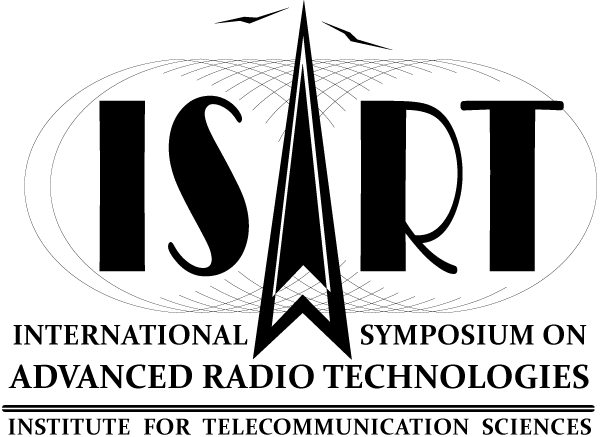In the rapidly evolving telecommunications space, spectrum is a valuable—and limited—resource. As spectrum sharing becomes increasingly necessary and actionable, experts from the public sector, academia and the industry will convene for ISART 2015 to discuss the cutting edge of technology.
The International Symposium on Advanced Radio Technologies is a conference sponsored by the Center for Advanced Communications, a joint effort of the National Institute of Standards and Technology and National Telecommunications and Information Administration.
ISART 2015: Measurements, Models, Simulations, and Technologies for Improved Spectrum Sharing is set for May 12-14 in Boulder, Colo.
The more than $41 billion generated by the Federal Communications Commission’s recently completed Auction 97 proceedings reiterated the foundational importance of spectrum assets for mobile telecommunications space. More importantly, the spectrum up for bid included assets that will see sharing by the public and private sector.
The FCC is also looking to free up additional spectrum assets for unlicensed use in the 3.5 GHz and 5 GHz bands.
Jeff Andrews, 5G Researcher and Endowed Professor in the University of Texas-Austin’s Wireless Networking and Communications Group, emphasized the importance of spectral efficiency and harnessing new spectrum to continue the evolution of cellular standards.
He discussed with RCR Wireless News the future of communication standards, posing the question, “Will it be something to try to integrate various disparate bands?”
“It’s kind of an interesting convergence,” Andrews said. “We see, possibly, cellular moving into the 5 GHz unlicensed bands … possibly more spectrum being freed up through novel auction procedures by the FCC and, of course, there’s a lot of hype around millimeter wave, which is the notion of using very high frequencies.”
Participants can brush up on spectrum developments with a pair of May 12 tutorials covering the findings of the Commerce Spectrum Management Advisory Committee and its recommendations about approaches to sharing, transition and/or relocation of the government spectrum dependent systems; and in the second session the techniques and complexities associated with spectrum engineering analyses.
On May 13 and 14, ISART 2015 participants can take part in panel discussion regarding spectrum access systems, modeling and simulation, propagation, new radio technologies, test and measurement and applicable regulatory processes.
A collocated workshop on May 15, Factors to Consider for Undertaking Realistic Mobile Broadband Sharing Studies, will consider key parameters and sensitivities of commercial systems which impact spectrum sharing studies.
Event organizers described the conference goals as “to present updates on the current state of the art in spectrum compatibility analyses, research into improved spectrum analysis techniques, emerging technologies that further promote spectrum sharing, the means by which spectrum analyses may be adapted to accommodate new technologies, and, in turn, the means by which underlying technologies can be adapted to exploit spectrum sharing opportunities exposed in previous studies.”
Visit www.its.bldrdoc.gov/isart for more information on registration, pricing, co-located events and more ISART 2015 details.

